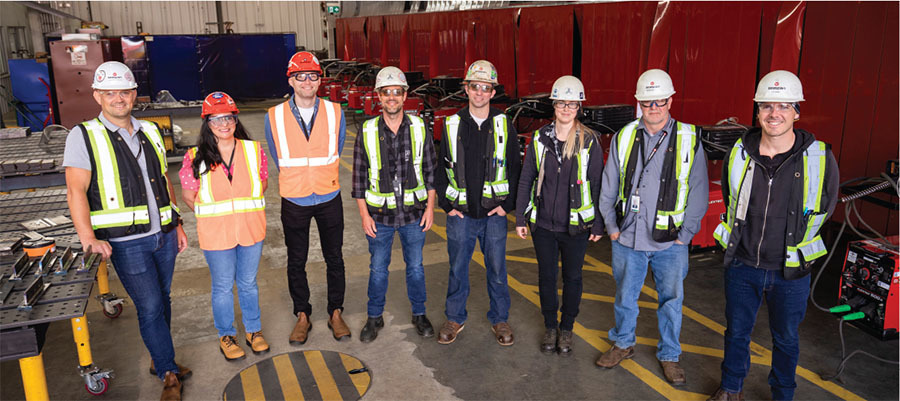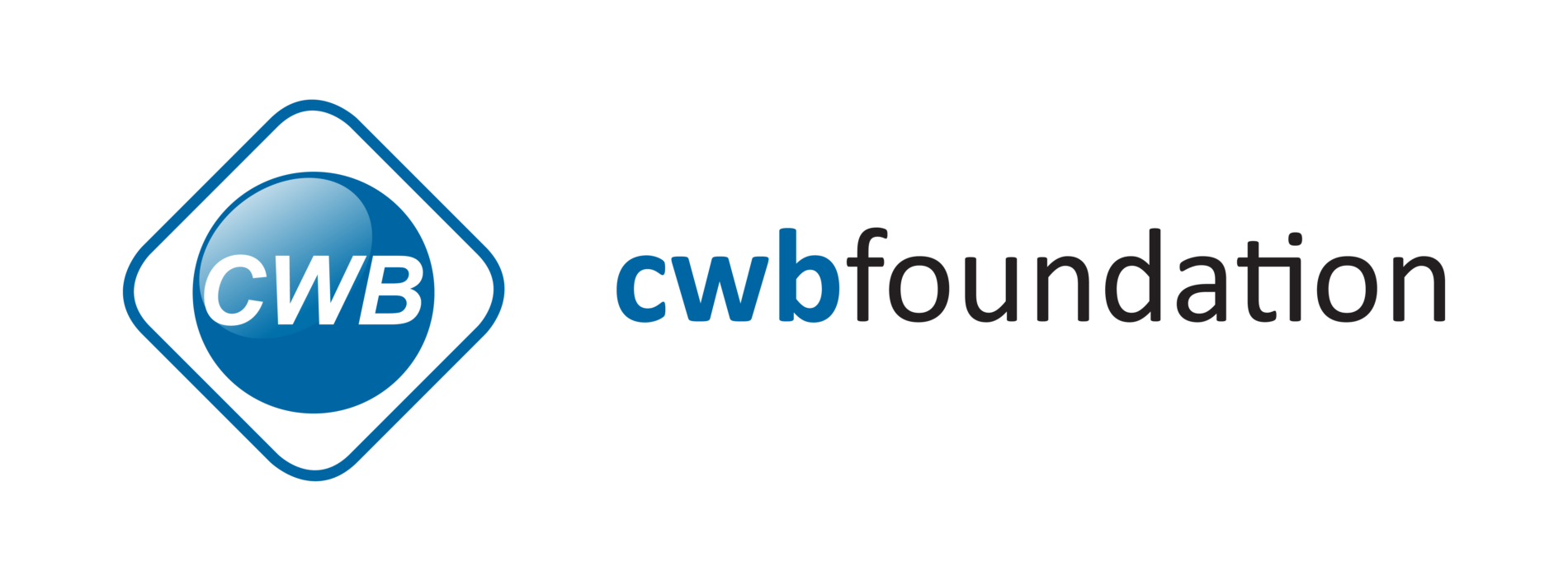
By Matthew Le Blanc
Oct 5, 2022
Elizabeth Neufeld
Job Title: Lead Instructor, Seaspan Vancouver Shipyards
Companies: Dean’s Welding, Seaspan (2015) | 14 Years of Service
 Q: Why welding?
Q: Why welding?
A: My brothers worked on cars growing up, they used to drag race and re-build engines, so I was exposed to a skilled trade early. I wanted to be a psychologist in high school, but I didn’t really want to do the 10-plus years of schooling and come out $100,000 in debt. Trades were always in the background; it was between being a mechanic or a welder. My brother did his first level of welding, so I was exposed to it a bit. He really enjoyed it and told me I would like it too. So, I went on the waiting list in grade 10.
Q: What did your parents think of the radical shift in career paths?
A: If I wanted to do it cool, and if not, they weren’t too worried because it’s a skill I would always have to fall back on. After high school, I got the call and away I went. Obviously, I ended up making the correct choice.
Q: Would you have considered welding if you weren’t exposed to it?
A: It certainly helped. It would have been daunting without exposure because I wouldn’t have had any idea of what it was about. Being around it early in life made the transition easier for me.
Q: We all know there’s a stigmatism attached to the trades. Was that a concern of yours?
A: I knew the trades were a male-dominated industry, but I grew up around two older brothers, so I had an idea of what I was getting myself into.
Q: What do you think the industry and education are doing right to support interest in the skilled trades?
A: My high school back in the day had a good mechanic program that ended up changing during my time there. I wasn’t too sure if that’s what I wanted to do after that. That’s when I steered more toward welding, but trades are never really a focus when you’re in school. It’s a choice, but not a top one. Your kind of told to go to college, or university, and get some type of degree. I know high schools have focused on their trade programs more since then and counsellors are also helping bring attention to it too. I’m sure it depends on the school and district they’re in though. When you’re young, you’re not thinking about the trades because people believe it’s a last option, not a first choice.
It’s hard talking to teenagers and helping them see the possibilities, especially when they’re not exposed to a lot of them. Having those open discussions where the college or university route isn’t the only option is important. The message is that you can go develop your skills in an in-demand profession, be successful and get paid as you learn the trade. Then if you want to decide to go back to pursuing a different career after you can and with little debt.
Q: Do you have any career highlights?
A: I think one would be when I was part of the keel-laying ceremony we had here at Seaspan Vancouver shipyards in 2017. Federal Fisheries Minister Dominic LeBlanc participated in the event, and I was selected to provide him with a quick intro into welding, we practiced for 20 minutes or so before I helped the minister weld his initials onto the plate that gets mounted inside the keel for good luck, and then he suggested I put mine on the other side. Usually only one person gets to initial the plate, so I thought that was an amazing gesture and something I’ll fondly remember for years to come.
Q: What is your favourite thing about welding?
A: I think it’s seeing something come to life with your own hands. You’re seeing the whole process. You’re a part of it, you’ve built something and that’s your knowledge, your skill and your hard work put all together and you have something to show for it.
Q: Do you have a favourite aspect about teaching people to weld?
A: Most of the employees that we hire have some type of welding background. It’s more about having people be comfortable with our welding machines, wire type, gas type, how to properly read a WPS etc. We will go through common operation standards that are specific to shipbuilding that they will encounter in the field. We also repeat a lot of the safety items to ensure they understand what is expected of them.
Some of the feedback from new hires that we’ve received is they’ve never had this level of training. Usually, it’s just safety indoctrination and sent out to the shop floor afterwards at other job sites. We’re taking the steps in the right direction and being a part of that has been fulfilling.
Q: Is there something you’re not a fan of?
A: Metal shavings (laughs). More seriously, sometimes you’re put into tough, awkward tight spots that you need to come up with a game plan to complete the weld correctly and safely. Mirror welding is sometimes a part of our job where we need to use a mirror to see what we’re doing. You can imagine some of the tight spaces you have to go into when building a ship with double bottoms, tight frame spacing and curvature of the shell plate. You will find out quickly if you are claustrophobic or not.
Q: What’s something you’ve learned in your career that you can share with anyone looking at becoming a welder?
A: You can make a great career out of welding. Try it and if you are passionate about it, you’re going to go far and be happy with your decision. Even with all the burn marks and awkward welding positions, it’s still incredibly rewarding at the end of the day. I wouldn’t change a thing.
Q: Were you surprised by anything as you gained experience?
A: I would say all the different paths you can take as a welder. You don’t have to just weld for 20 plus years. For instance, I didn’t expect to go into the inspection part of it so early. However, there were opportunities here at Seaspan, that helped me along that path sooner than later. These are things I wouldn’t have expected to be doing until I was in my late 30’s early 40s.
Q: Are you excited about any welding-related projects in the works?
A: Seaspan recently opened a Centre of Excellence facility where we’ve been onboarding/training all new hires and issuing recertifications. Before this facility, we were doing training at two, three, or four different places around the yard and using a mobile trailer that had eight welding booths. This facility opened the door for a tailored program and course creation that we’re developing, which has been a bit hectic but will be beneficial to everyone who takes them, as we can showcase how unique shipbuilding is.
